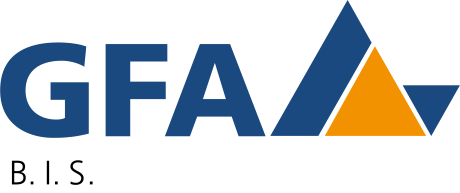Our approach
Projects in International Development Cooperation need to access and analyze data from many external data sources available from project partners, national agencies, etc. This need is met by GFA B.I.S.’ Management Information Systems (MIS).
All types of International Development Cooperation projects can benefit from an MIS, whether it is in the health sector, bringing together data from DHIS2, health insurers, and NGOs, or in the energy sector, drawing on data from national agencies, energy producers, and vendors of Solar Home Systems, or any other sector: if data exists but is dispersed over various sources, an MIS bringing them together will be of great value for gaining deeper insights.
Based on the project requirements the integration of different software modules for data entry, data extraction, data warehouse, BI and dashboard reporting will result in a Management Information System (MIS).
Our services
 In cooperation with the project, GFA B.I.S. identifies the available data sources and will take a deep look into the data available therein to then develop a strategy for bringing them together.
In cooperation with the project, GFA B.I.S. identifies the available data sources and will take a deep look into the data available therein to then develop a strategy for bringing them together.
The relevant data from the different sources is then consolidated into a single reporting database and procedures are set up for keeping the data in sync with the sources and up to date.
Building upon this data warehouse GFA B.I.S. will build reports and visualizations that give you the insights you need. These visualizations can include tables and a great number of different chart types for analysis of the status quo and of historical developments. They can also include maps showing the spatial distribution of specific features and relationships between localities.
Components
Wherever possible, we customize powerful free and open source components that offer a large number of cutting edge features right out of the box. This approach allows us to make rapid progress and makes it easy to experiment with the data and to adapt the MIS to changing and expanding requirements. It also ensures the cost effectiveness and sustainability of the system.
To further simplify maintenance for local IT administrators, the components are integrated using modern container tools making the installation of an entire integrated system as easy as running a single command.

